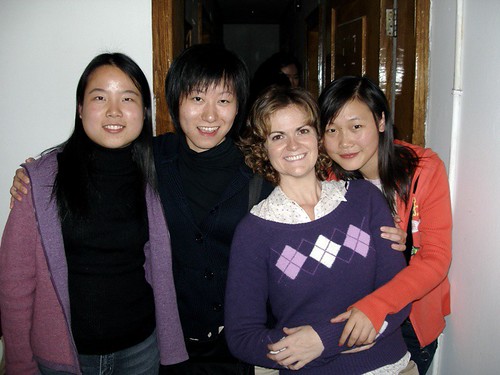 | ||||||
| Photo Credit: kinikkin reims |
"Matthew states only that “wise men from the East” brought the Christ Child presents of gold, frankincense and myrrh. Over time, biblical commentary certified their number as three, interpreted the Magi as both astrologers and kings and provided names for them: Gaspar, Balthasar and Melchior.
In addition they came to signify broader attributes, expressed in triadic fashion. Considered to exemplify the three known continents of Europe, Asia and Africa, they also encompass the progression of human life from youth, middle then to old age. In a manner unique to the subject of the Adoration of the Magi, they stand as a microcosm of the medieval conception of the world and its inhabitants.
The inclusion of a black man as one of the kings had undergone a long and tenuous process that evolved along with the European engagement with people of other parts of the world, and just as significantly, with the symbolic concept of blackness itself. As early as the eighth century, Balthasar was described as “fuscus,” that is, dark, perhaps even black. Only in the second half of the 14th century, however, does this designation more clearly occur, when John of Hildesheim wrote his influential Historia Trium Regum, or History of the Three Kings. Shortly after this, the black king began to be depicted in works of art. We have no way of knowing the name of the black king in Bosch’s painting here, but the other important aspects of his identity are clear: his youthful age, his African origin and his gift of myrrh.
This particular treatment of the Magi theme is unusually rich in symbolism. During the medieval scholastic movement, a large body of scriptural interpretation had developed. As a whole, the Adoration of the Magi is presented here as the prefiguration of the Mass, the principal church ceremony that celebrates the sacrifice of Christ for the expiation of the original sin of Adam and Eve. In its details, the imagery associates the birth of Jesus with foreshadowing events of the Old Testament. The cloak of the middle king, for example, bears a representation of the visit of the Queen of Sheba to Solomon, king of Israel. She symbolizes the Gentiles, or pagan peoples, who voluntarily search for holy wisdom. According to the exegetical strategy of Christian typology, she stands for the response of the world to the message of Jesus and thus prefigures the Adoration of the Magi. That she is also shown as black here adds the further dimension of race to the usual context of faith and conversion.
The extremely sympathetic, nuanced character of the black Magus in Bosch’s Adoration of the Magi has his counterparts in several other examples produced by primarily Northern European artists during the same period. The noble bearing imparted to the black king by Bosch’s contemporaries Albrecht Durer and Hans Baldung Grien manifests the same sense of gravitas and measured grace as the white-robed king in the Prado altarpiece. In this period, the representation of the black king reached an apogee of probity and self-composed magnificence rarely equaled in later treatments of his presence at the Adoration of the Magi. The role played by style in this assumption of the essential humanity of the black man may also have been affected by the position of the real African in the European consciousness at this time.
Like many Europeans, Bosch quite likely had seen an actual black person. The notion of blackness at this time was largely associated with the exotic qualities of a still largely unexplored African subcontinent. Whatever the actual condition in life of blacks living in Europe may have been, their living image was capable of conjuring faraway tropes of African authority such as Prester John and the young Magus."
To read the rest of the article please click here.




















